Until Now
I am really proud of what TC Farm has become.
We, a group of purposeful consumers, have shown that 'no shortcuts' is sustainable from an environmental and financial perspective. We are growing and building something great.
However, I have struggled with the reality that our only chicken offering was significantly more expensive than every other product out there. In reality that means we are not serving everyone we could in our community.
It may not be obvious from the outside, but TC Farm is significantly more efficient than the regular grocery store food. It is the only reason our food is remotely competitively priced. Click here to learn more
Our distribution/retail costs are dramatically lower and most of your payment goes directly to raising higher quality food compared to just a small fraction that goes into farming costs for a retail store.
I realized we could use our efficiencies to offer a new chicken option that would be better than nearly every other chicken available, but would be more price compedative with the grocery organic chicken.
We just had to figure out how we could avoid the pitfalls I had seen at the farms I toured a decade prior.
Genetics Matter
Cheap
The reason you can buy a conventional chicken for practically nothing is really a long complicated story. But the farming side boils down to two genetic advantages the 'factory' birds have:
- Cornish Cross birds convert almost all of their feed into meat - they eat almost half the amount of food as our Red Rangers
- Cornish Cross birds are double breasted and have very small bones - they have 50% more breast and 30% less bone.
The combination of these dramatically lowers the price of the meat. In our case, this represents a 60% savings for the breast meat.
Seriously: The genetic difference is the cause of most of our chicken cost. That's why almost nobody else bothers to raise the higher quality birds using organic feed.
Problems
Cornish Cross birds are efficient, but they are genetically designed to just sit in front of the feeders and eat as much food as possible to make them grow super fast and cheap.
As you might imagine, this creates all kinds of health and welfare issues. In order to do better, we slowed their growth down in a way that worked for them.
The grocery chickens are only 6 weeks old at processing because they grow SO fast -- this is way too young to have really any flavor at all. Not good eats for sure....
It is actually pretty hard to find any sort of organic chicken in the grocery - even most co-ops don't carry it.


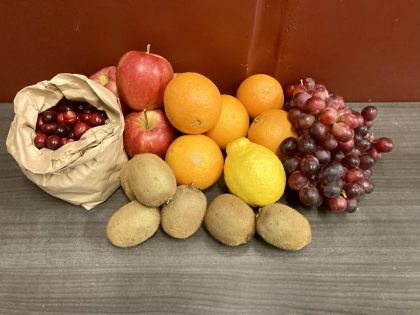
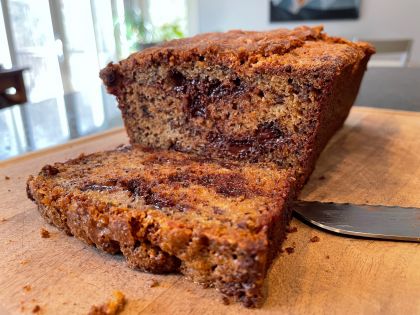
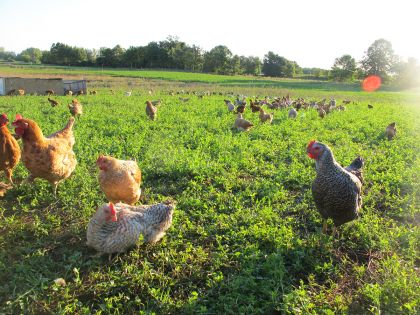
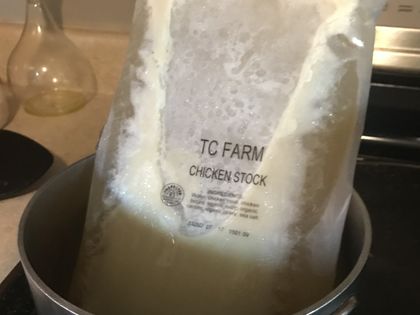
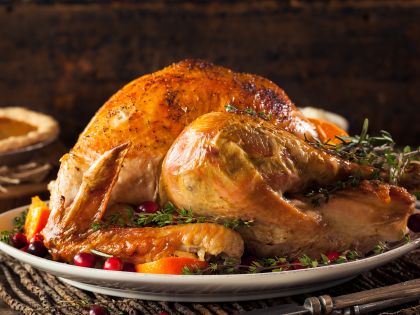
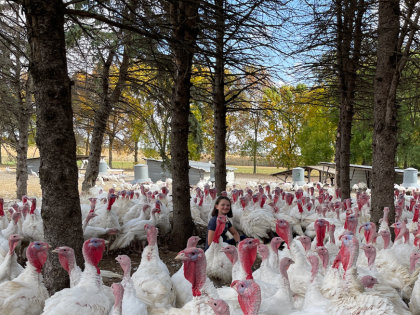
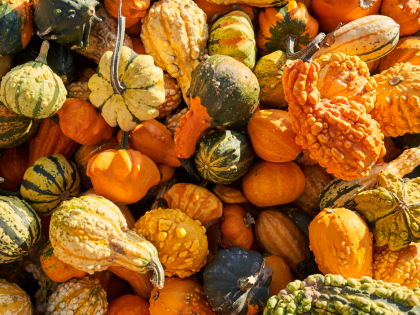
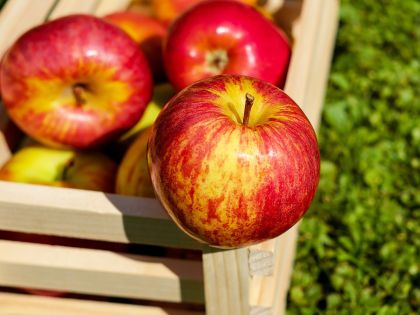

Comments (1)
Paul:
Oct 30, 2018 at 02:24 PM
Jack - what an excellent, well thought out post describing a complex issue. We’re so grateful that we have deep thinkers taking a hard look at our food system.
Also, congrats on managing to get CX to act like anything other than food-hoovering zombies.
Add a Comment
Add a Comment